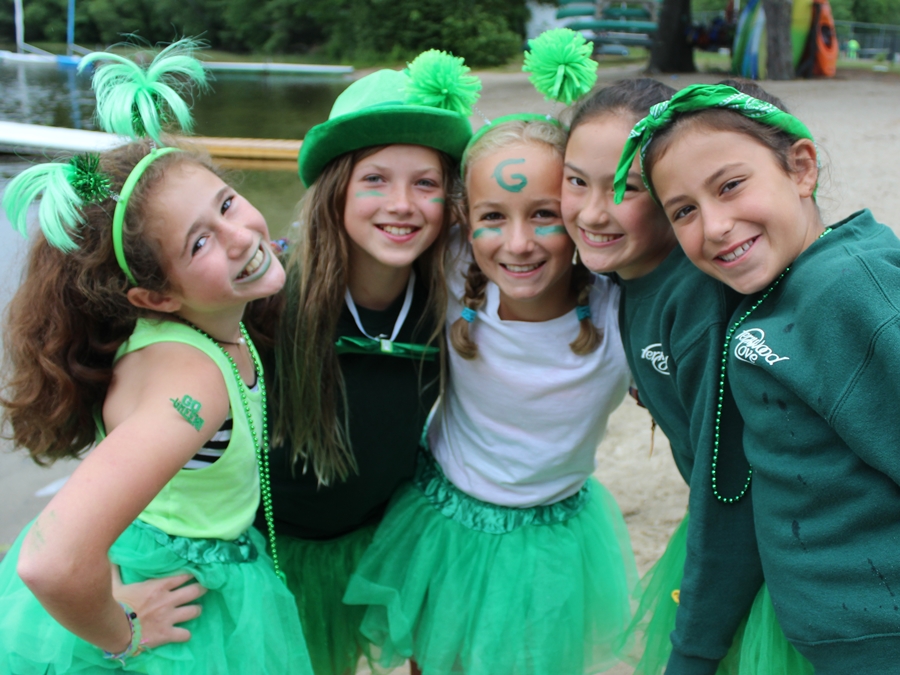
Williams, looking at cornerstone of Baptist Temple Church with group of girls and boys, Frankstown Avenue, Homewood, 1946. The arrival of so many black families startled white Homewood residents, said Black, and coincided with “white flight,” or the movement of white families to the suburbs.Ĭarnegie Museum of Art Reverend J. “And so you begin to have this sort of shift from a predominantly white community to a black community.” “You have multiple families living in packed-in homes,” Black said. Black said they were promised money to help move, but rarely received it, resulting in poor conditions at their new homes.

Most of these families were lower-middle class and African American. “Some moved to East Liberty, but a larger moved to Homewood.” “Some moved further up the Hill where housing was provided,” said Heinz History Center Director of African American Studies Sam Black. The project was planned for the Lower Hill District and by 1961, when it was officially opened, it had displaced 8,000 families living in that neighborhood. The facility displaced nearly 8,000 people in the 1950s and 1960s. According to Pittsburgh Public Schools records, the black population jumped from 897 in 1955 to 2914 in 1965 following the construction of the Civic Arena in the Lower Hill District. Westinghouse High School is the alma mater of pianists Errol Garner, Ahmad Jamal and Mary Lou Williams Chuck Cooper, who went on to be the first black player drafted into the NBA and jazz composer Billy Strayhorn.ĭetre Library & Archives, Heinz History Center Westinghouse High School, completed in 1924, was a mixed-race school and graduated many of the city's most famous African American scholars, athletes and artists. “So we grew up having to sit somewhat in the balcony or in the back of the theater.”īut Homewood was also where some of Pittsburgh’s most prolific black artists, athletes and writers grew up. It was almost like: that’s what you do,” Haley said.

“It wasn’t where you were told that you had to sit as an African American, as a black person, in the back. Haley remembers the community being mixed racially in public spaces, but still segregated in places like pools and theaters. German, Italian and Scots-Irish immigrants came to work in the city’s manufacturing sector, attracted by the flat land, cheap housing and easy access to transportation.Īround the same time, African-American families began to move in and establish themselves. But as the 20th century approached, these wealthy magnates and their families left, and their land was sold or converted into smaller plots. Industrialists like Andrew Carnegie and George Westinghouse built massive estates here. The Belmar Theater can be seen just up the hill. Murphy's at the 700 block of Homewood Avenue ca. Pittsburgh Post-Gazette, University of Pittsburgh Library System View of a marching band performing near G. “Early Names And Old Landmarks,” written by Annie Clark Miller in 1924, describes the property as having “massive stone pillars … in the midst of a magnificent grove of trees.” The mansion was demolished in 1924, but the community had already established itself as a getaway from Pittsburgh’s smoky downtown, attracting well-off residents.

The neighborhood was founded by Judge William Wilkins in the 1830s, who also served as a U.S. Stable, safe and intimate is how a lot of people in Haley’s generation describe Homewood.

“We developed a kind of community spirit here in Homewood in those days.” “This was a very stable neighborhood,” Haley said. He played kickball and basketball with his friends and went to the movies a lot - there were two theaters in Homewood, after all - though he always had to be home “as soon as it would get dark.” “We were poor, but we never had the perception of being poor.” “There wasn’t much money, but what they had, they put into caring for us,” Haley said. He speaks about his childhood memories while standing on Formosa Way in front of St. 90.5 WESA Leon Haley, 85, grew up in Pittsburgh's Homewood neighborhood.


 0 kommentar(er)
0 kommentar(er)
